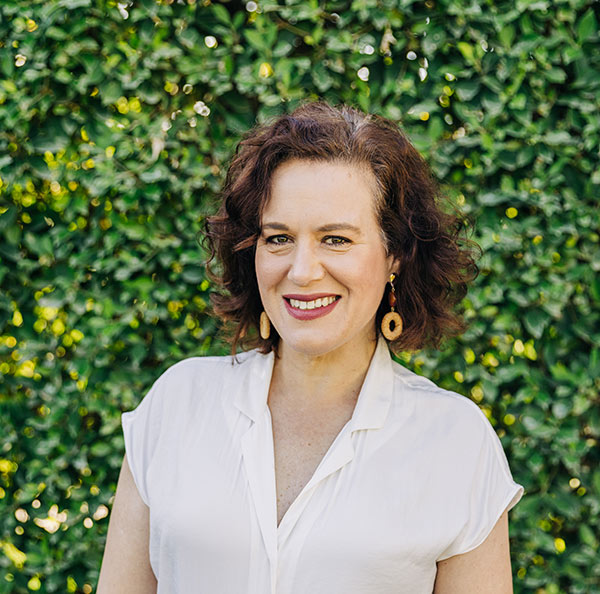Classroom Social-Emotional Learning in a Pandemic
As educators, we are moving through unprecedented times. This fall, after approximately 18 months out of classrooms in my state, and with some school districts having required little work to be completed while in distance learning, most students have returned to school in a unique situation. They have gotten quite used to the rules at home, the effects of social isolation, and working alone. They may have often neglected challenging tasks and have avoided work that was less interesting to them within some schools and districts that did not require students to turn any assignments in for the time of distance learning.
As teachers during a pandemic, we are now asking them to return to the demands of a more typical learning landscape as we attempt to jump back into a semblance of normality. In my fifth-grade classroom, that has not proven to be a smooth ride, and I don’t necessarily blame my students for this difficulty. The world continues to struggle with Covid, and the effects on students will linger.
Social-Emotional Learning (SEL) has an academic side to it that we need to utilize. This time we are living in has resulted in many additional layers of concepts we need to add into the curriculum to ease successful learning in place. This will be the case for years to come. The following are some extra steps my class is needing in addition to the typical information and experiences expected at the beginning of the year.
Improving Conversation Skills
Most likely due to the lack of social interaction, children and teens have had in the last two years, face-to-face conversations have changed. I set up my classroom in triads to facilitate group work in a more socially distanced manner for English Language Arts work.
I noticed that students would “sink” conversations. They were answering a question such as, “How are you today?” without returning the question to the person who inquired, creating an uncomfortable silence. This may be because of the fact that basic questions such as, “How are you today?” are not always realistically answered with, “Good,” anymore, showing the complex emotional states of students that we can’t ignore.
1. How to Have a Great Conversation
To show my students the importance of listening skills, I drew a sideways infinity sign on the board. “A great conversation is the shape of infinity- you pass it back and forth.” We practiced trying to not let the conversation “crash”. After practicing, I had a brave few who raised their hands and admitted they had let their group’s conversations crash, and they had never been aware of this before. Their awareness was the first step in building their skills.
2. Preparing for Peer Review
I gave them a list of follow-up questions to use when the conversation felt like it was headed into a dead-end. This practice was crucial for them to be able to improve the discourse. I will need them to have these skills in the following weeks, in order to provide each other with feedback once we start discussing student work.
Developing Listening Skills
As educators, we use language like, “I need you to focus now,” or “Show me you are listening,” as behavioral expectations students should bring to the classroom on the first day of school. How do they truly learn these skills, though? Do they know how that should look in my classroom? I believe listening is a skill we need to teach, especially as we expect students to access learning while in classrooms full of other students.
Step 1: Visualize the Steps
I have students visualize themselves doing the directions in their head as I slowly say the verbal directions in order. I ask them to imagine themselves doing exactly as I have said and tell them they will need to work on making sure their mental imagery is in place, rather than memorizing words because their ‘mental movie’ is what they’ll work from.
Step 2: Review the Steps Out of Order
I review the steps out of sequence to ensure they can recall the directions all together. “What was the third step I asked you? The first?” Those who did not retain the directions initially will get help from the class with this modeling.
Step 3: Use Your Mental Movies
Next, I ask them to complete the tasks using their mental movies. I ask them to reflect on their images and report back how well they matched their details afterward as a process reminder.
We start with physical tasks, such as lining up, with about three steps. Once their skills for following tasks have developed, we then build to more academic tasks like putting their names on paper and opening their books to certain pages in a few weeks once their skills have developed with practice. Parents may love to using this at home once the class is using it regularly, so passing this along could be a welcome technique for others.
There are endless distractions in a room full of people they haven’t seen in eons, and we expect them to put that excitement away. Redefining the cognitive process behind the expectation has been paying off in dividends and will likely provide more efficiency through the year by spending a couple weeks on it at the beginning of the year.
Ideal Answer Modeling
The first writing work I had my students do was extremely interesting. I noticed they needed guidance filling in a simple questionnaire about their favorite reading material. They answered most questions with YES/NO/I don’t know when I was looking for rich and detailed answers. Based on what I observed, we spent some time discussing how to answer questions through an Inquiry-based format.
Analyze the Benefit of Detailed Answers
I took one of the simple questions that I had asked and showed them several responses that were typical, and one that had a detailed answer on a projected slide. They had to analyze which answer was the best and why. In the end, they all chose the ideal answer with the reason that “it had more words.”
I explained to them that the reason they chose the best answer to the question given was because that response made the person reading visualize a specific description that the writer has imagined. We use words to describe our mental imagery when we write well, and that showed clearly in the contrast of the four answers provided.
Here was the example I gave:
I like books that ________________:
- Are a series.
- Have some action.
- Are not boring.
- Carry me away to a magical world that feels different from the place I know.
Explaining to students what we want them to show us will help them have a higher quality of work from the start.
Collaboration Models and Guided Cycles of Inquiry
Considering that our students have been isolated and unable to work in groups for a long time, it is essential that I use socialization as a tool for speeding up learning. Utilizing student voice and ownership of ideas, my goal is to empower students to learn more from each other than from me.
However, to get there, they must learn how to collaborate again.
How to give feedback equitably
My students brainstormed ways to give each other feedback in useful and productive ways. Our list of learner-centered prompts is posted in the room and we’ll add more as our collaboration develops throughout the year. Some initial ideas posted are:
“Can you be more specific?”
“Can you tell me more about that?”
“Can you help me picture more details in my mental picture with your words?”
We have also been practicing collaboration using a Guided Cycle of Inquiry Model that is strictly outlined with a timer. In a group, the first person presents information for three to five minutes, then the group members are tasked to repeat back exactly what they heard and summarize the learning to the presenter. The presenter can correct the group using the phrase, “What I said was ___” for three minutes. Next, the group members can ask questions, make connecting comments, and discuss what was shared for five minutes. When the five minutes are up, the next person presents and the same steps repeat.
This timed and regulated approach provides an equitable structure to discussion, including a summary step for students to ask questions of the presenter, so they can become aware of how well their partners were listening and understanding before the questions are asked.
Feeling heard is important in our Social-Emotional Learning work. Since this task requires following explicit and timed directions, as the instructor, I can monitor how well they operate together and if they are leaving someone out of the discussion, because their times will not line up with the entire class. Ultimately, the strictness of the timing would diminish over time, and the flow of the work would be the focus.
The work on these skills after the first week or two will be folded in with academic work so that the development of these skills dovetails with the beginning of the curriculum being taught. However, with the return to school from such a historically unique break in traditional education, the concept of starting slow to go fast later applies.
We all want students to succeed, and as educators many of us are beginning to truly understand how wildly different that looks right now from years past. May we all be able to foster the relationships and skills to heal ourselves and the students we work with this year. If you have suggestions or tips that you have tried this year, we’d love to hear all about it!
How is your system building a restorative culture?
Our restorative framework is the only systemic approach to creating and sustaining a culture that is rooted in self, healing, and relational literacy. Our comprehensive framework creates an integrated approach between cultural competency, trauma-informed care, and restorative-resiliency practices.
Learn More!

